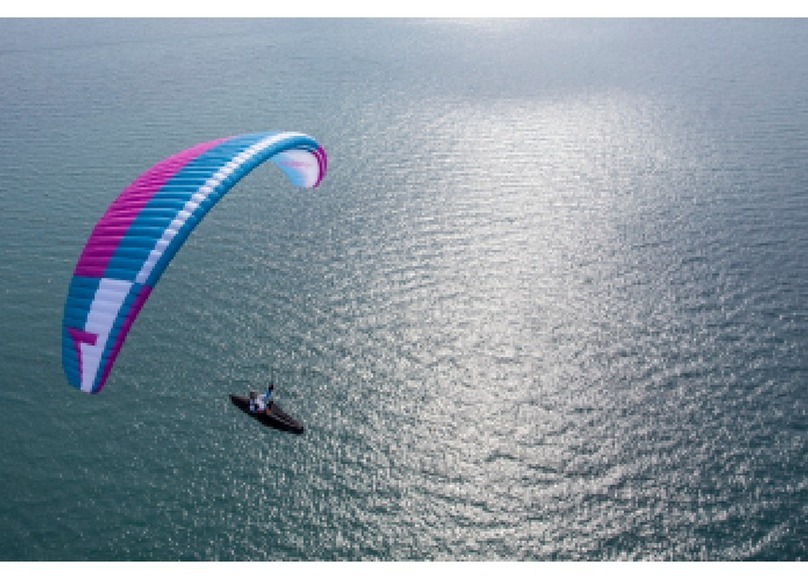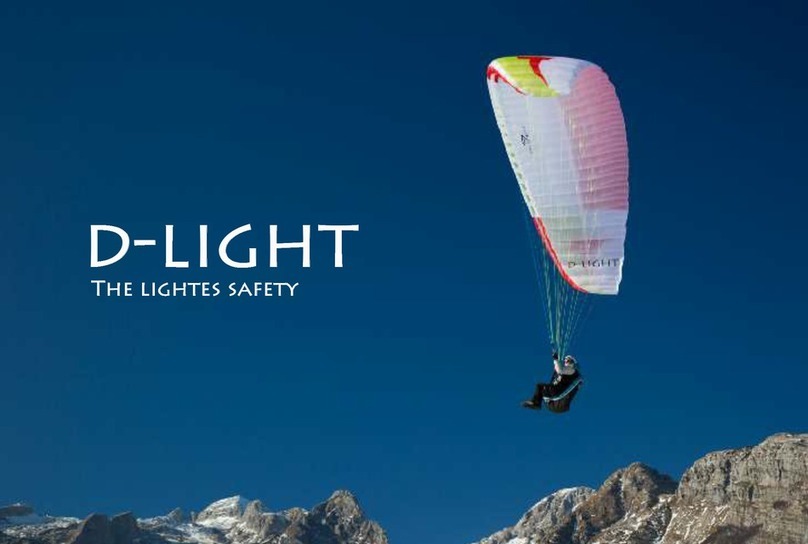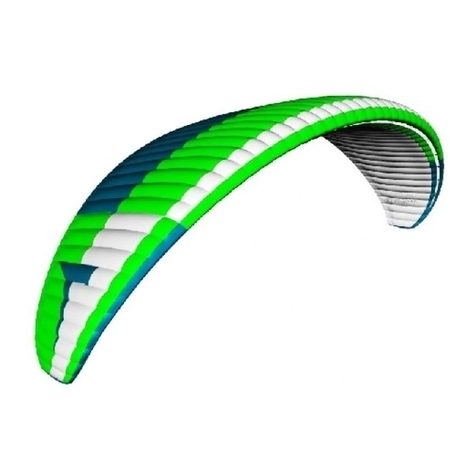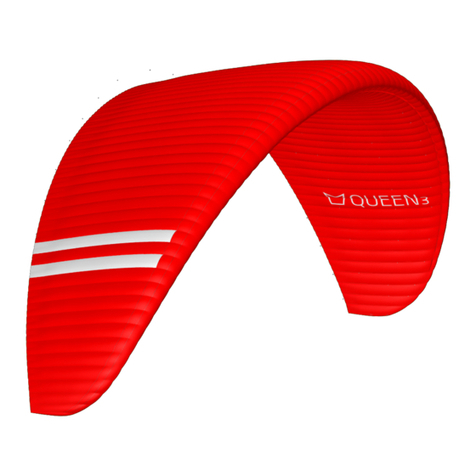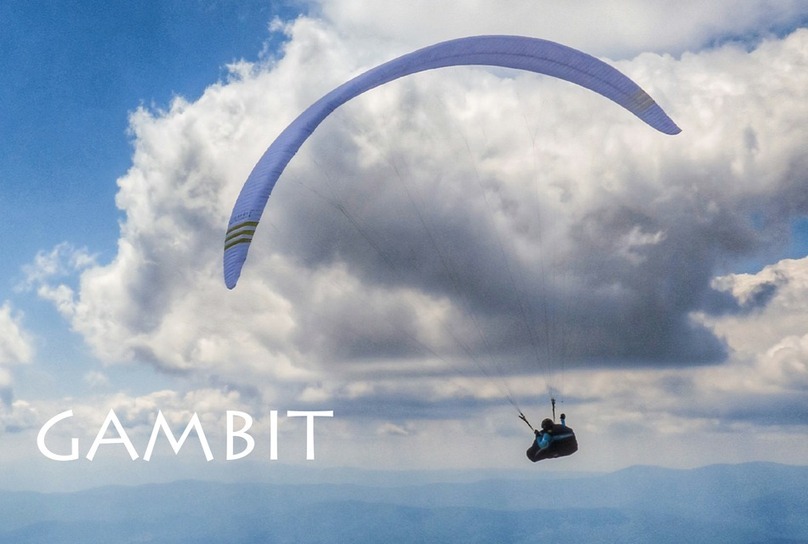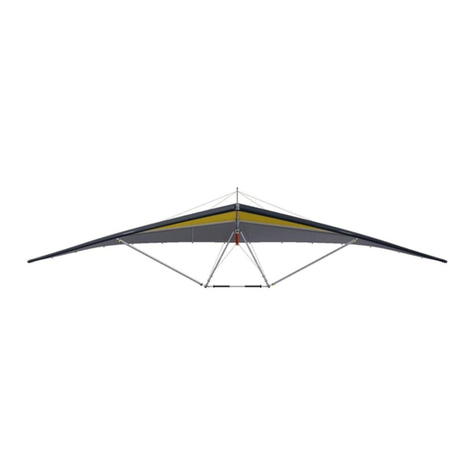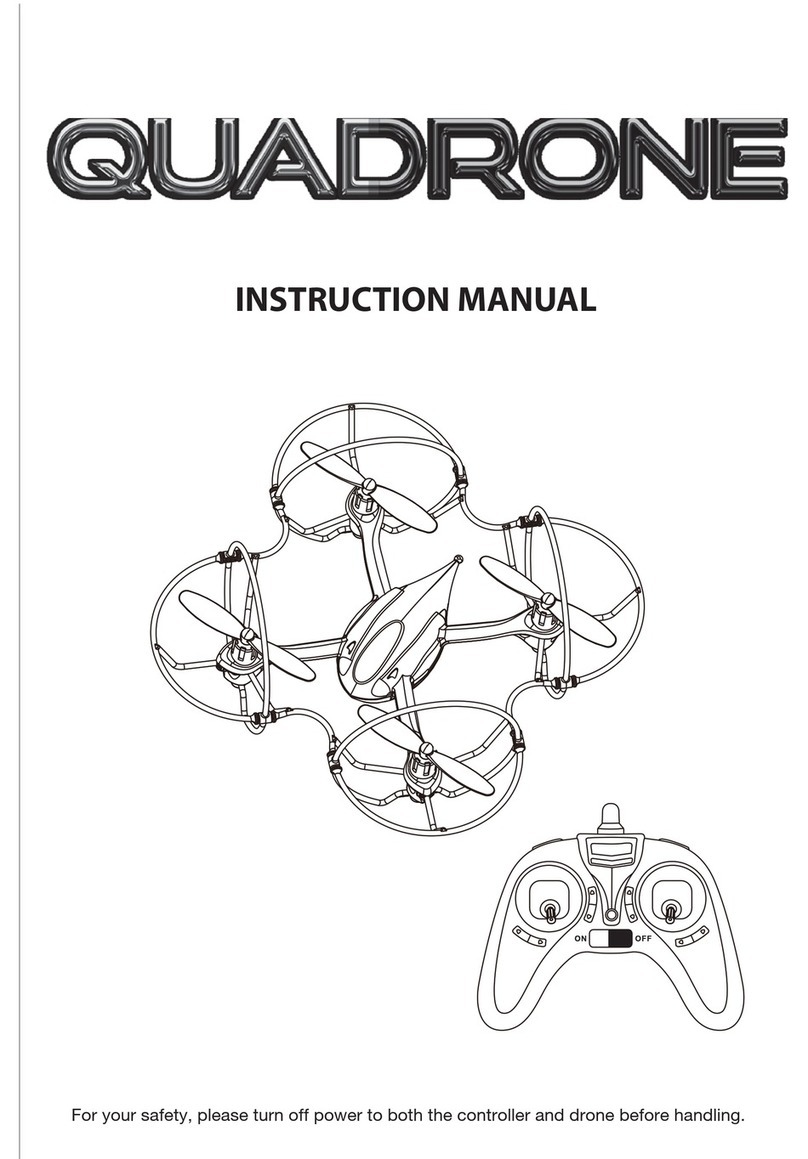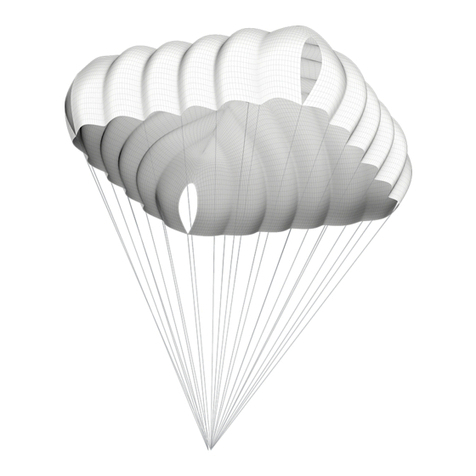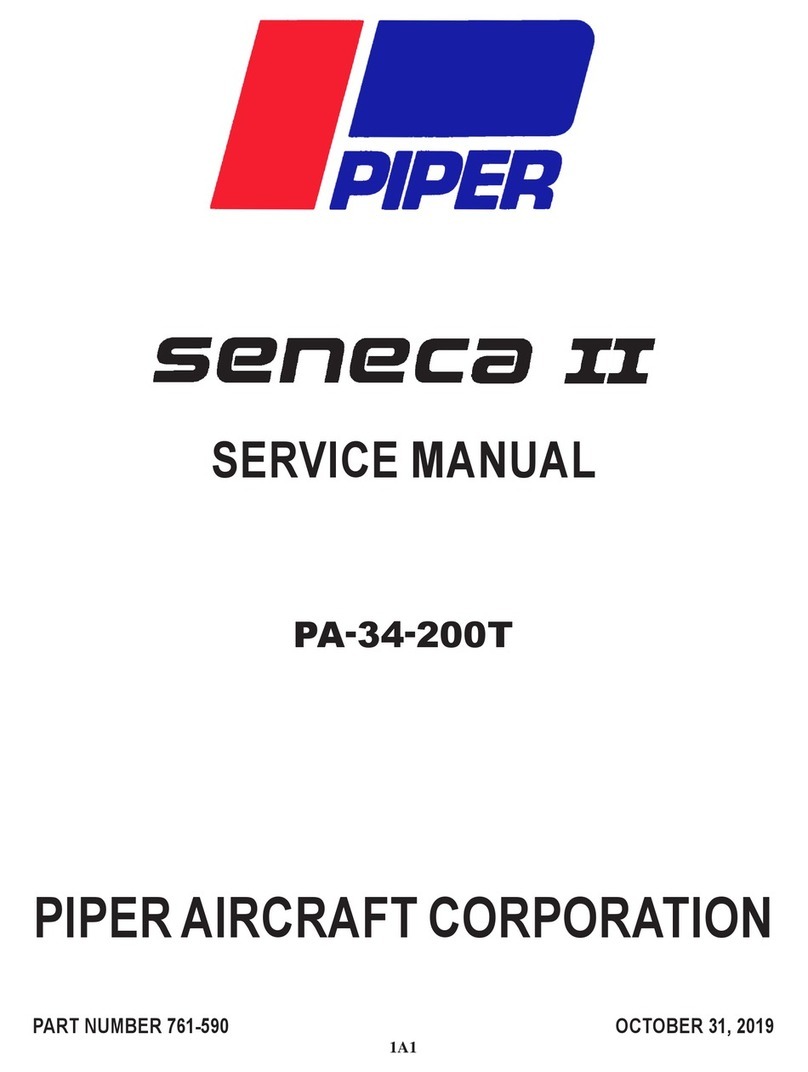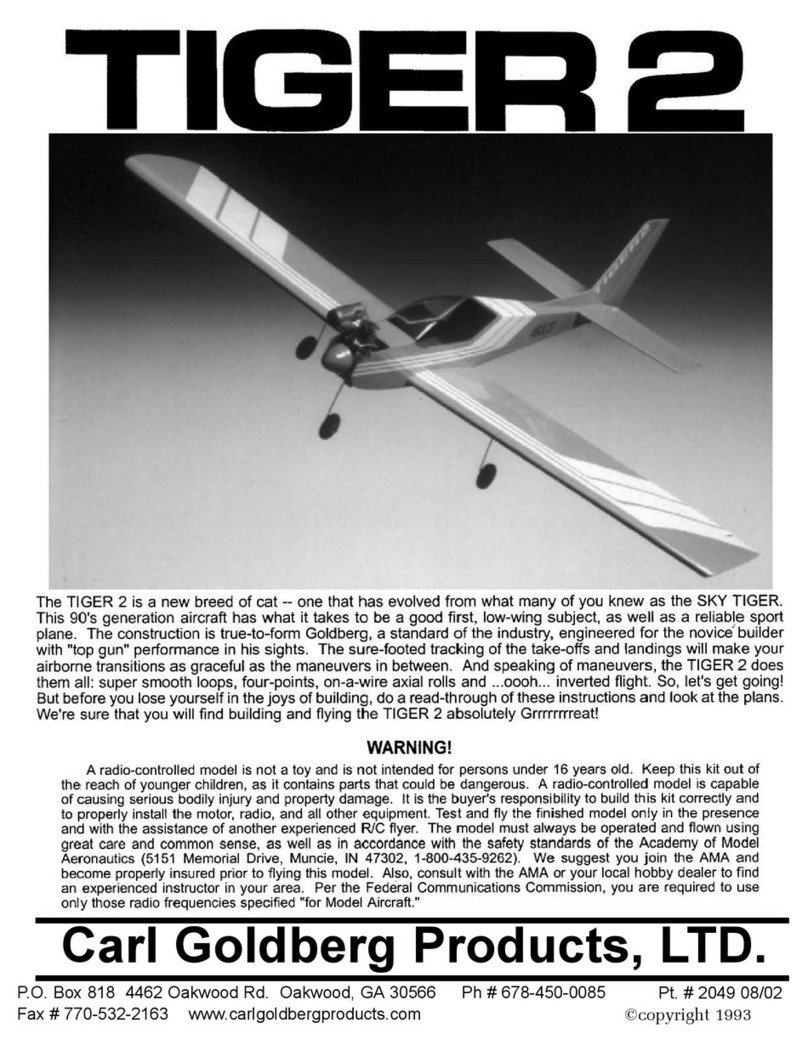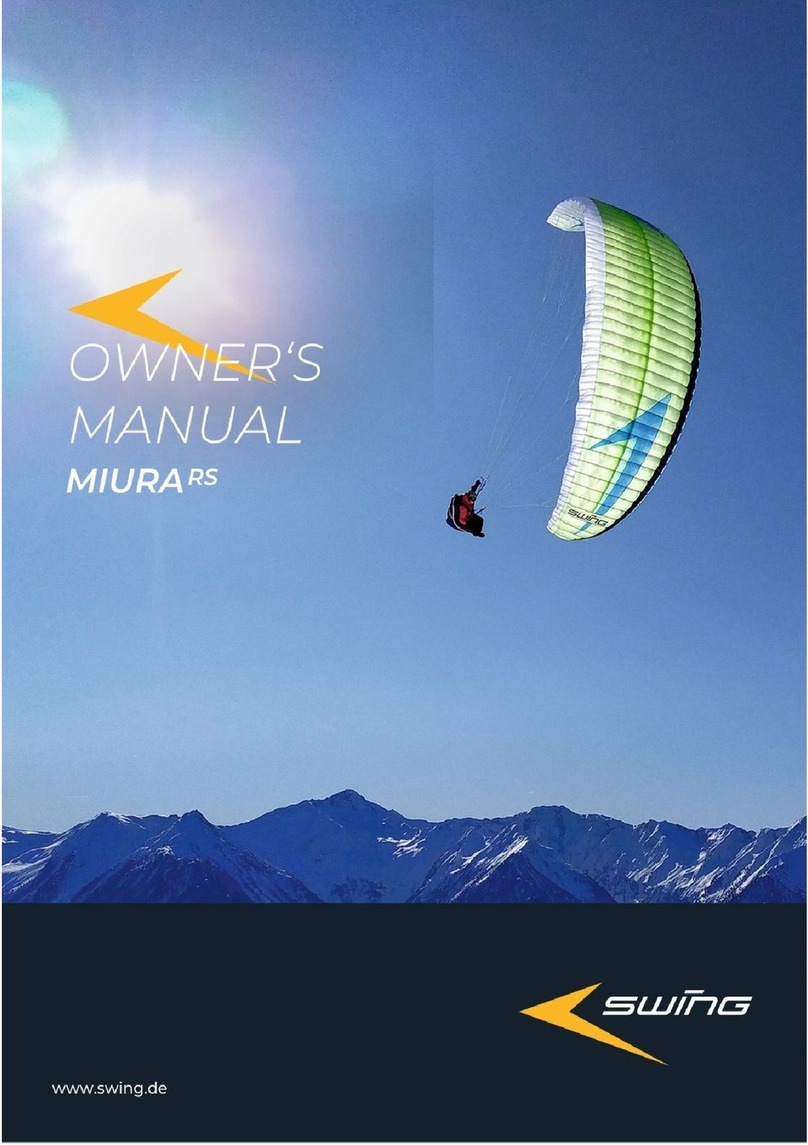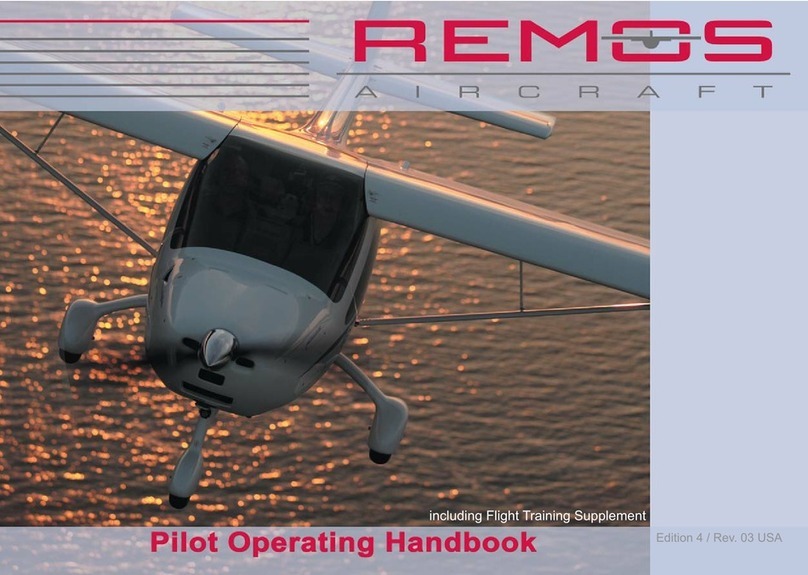
16 17
If the pilot feels a loss of tension on the wing or a loss of
pressure on the brakes on one side of the wing, he should
or weight shift to the opposite side until the pressure returns.
maintain any correction longer than necessary. After each action
speed. You can train or get a feeling for most of these movements
safely on the ground while ground handling your glider. Good
coordination of your movements and coordination with the wing
on the ground will enable you a quick progression when actively
should also get a better understanding of the full brake range and
the glider’s speeds.
designed and tested to recover without pilot’s input in almost all
situations by simply releasing the brakes and letting the glider
SIV courses.
Cascade of events
Many reserve deployments are the result of a cascade of
problematic because of the input itself or its intensity; but due to
at all.
Asymmetric deations
Strong turbulence may cause the wing to collapse asymmetrically.
Before this occurs the brake lines and the feeling of the harness
will transmit a loss of pressure to the pilot. This feedback is used
in active piloting to prevent a collapse. If the collapse does occur,
the wing will turn towards the collapsed side. To prevent this from
happening turn and actively recover the asymmetric collapse by
weight shifting and applying appropriate brake input on the side
side. This is enough to maintain your course and give the glider
enough time to recover the collapsed side by itself. To actively
reopen the collapsed side after course stabilization, pull the brake
several times with a smooth
pumping motion. After the recovery, release the brake lines for
your glider to regain its trim speed. You must be aware of the fact
accelerated. This is due to the difference in weight and the inertia
of the canopy and the pilot hanging below.
Symmetric deations
themselves without pilot’s input. The glider will then regain its
airspeed accompanied by a small surge forwards. To actively
control this event, apply both brakes slightly when the collapse
Be prepared to compensate for the glider’s slight surge forward
Wing tangle, cravat
A cravat is very unlikely to happen with the QUEEN, but it may
the wing tip gets caught in the glider’s lines. A pilot should be
familiar with the procedure of handling this situation with any
line (outsied line on B riser) already on the ground. If a cravat
a straight course. Do this by weight shifting and counter braking
the untangled side. After that, grab the stabilizer’s main line on
the tangled side and pull it down until it becomes tight again. At
this point the cravat normally releases itself.
Possible solutions of the cravat situations (consult your SIV
instructor):
manoeuvre. You also want to have a lot of relative height.
low in rotation or even with twisted risers, then the only solution
is the reserve parachute.
Negative spin
circumstances may lead to it. Should this occur, just release the
Be prepared for the glider to surge forward, compensating the
surge with brake input if necessary.
Full stall
A full stall does not occur unintentionally on its own – it happens
if you pull both brakes for 100% and hold them. The wing then
performs a so called full stall. Releasing the brakes improperly
may lead to massive surge of the glider with danger of falling into
the canopy. This is a complex manoeuvre and as such outside the
scope of this manual. You should practice and learn this
manoeuvre only on a SIV course under professional supervision.
Deep stall
Generally when in deep stall, the wing has no forward motion and
at the same time high sink speed. When in deep stall the wing is
this situation unintentionally. This could possibly happen if you
porosity of the material and line stretch on a very old glider can
increase the possibility of the deep stall tendency. If you trained
this manoeuvre on a SIV course you would realize that it is very
hard to keep the QUEEN in deep stall. If you apply the brakes a
little bit too much you enter the full stall. If you release the brakes
want to practice the deep stall on SIV courses, you need to master
are important resources to be used in certain situations. These



















